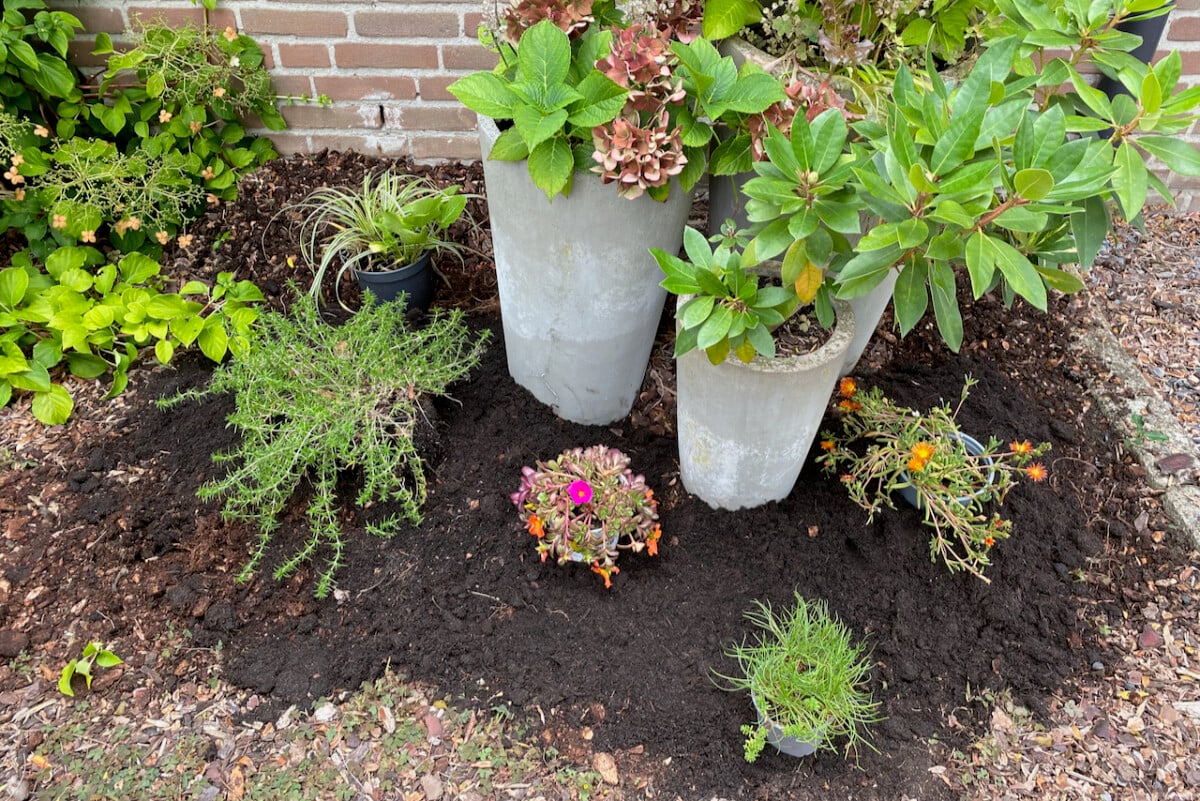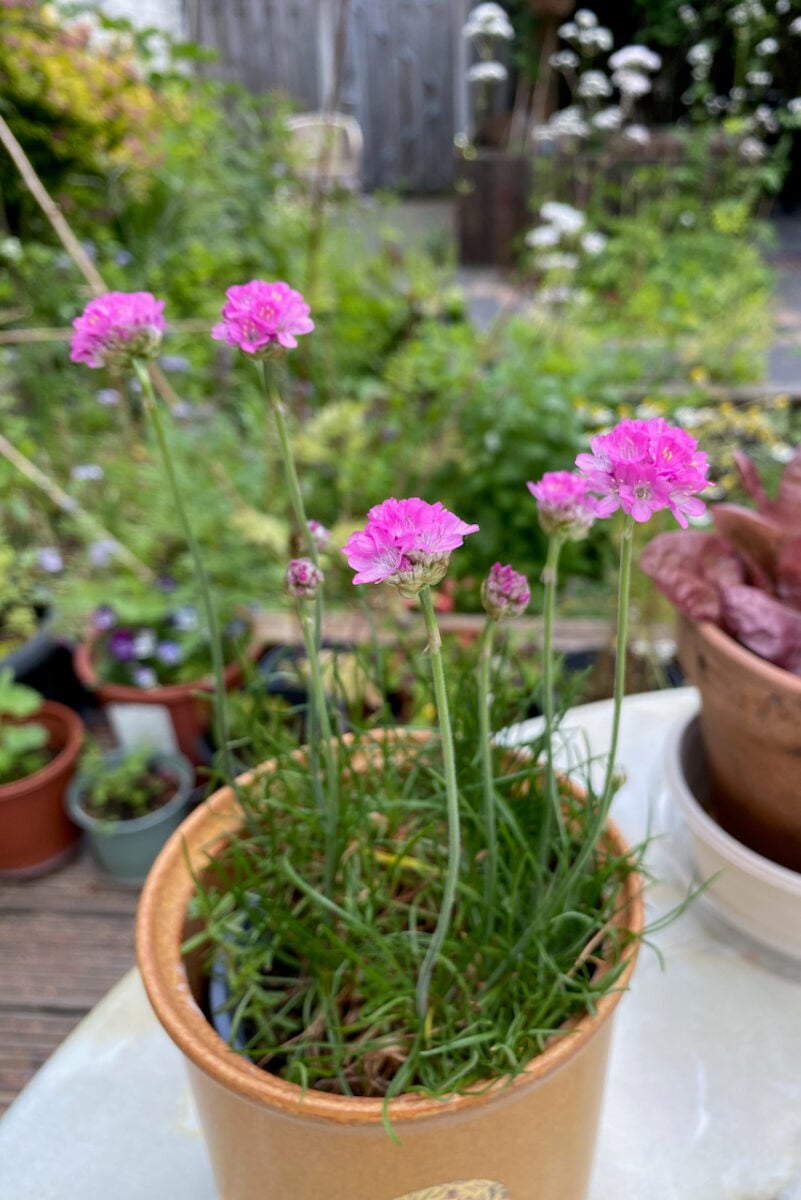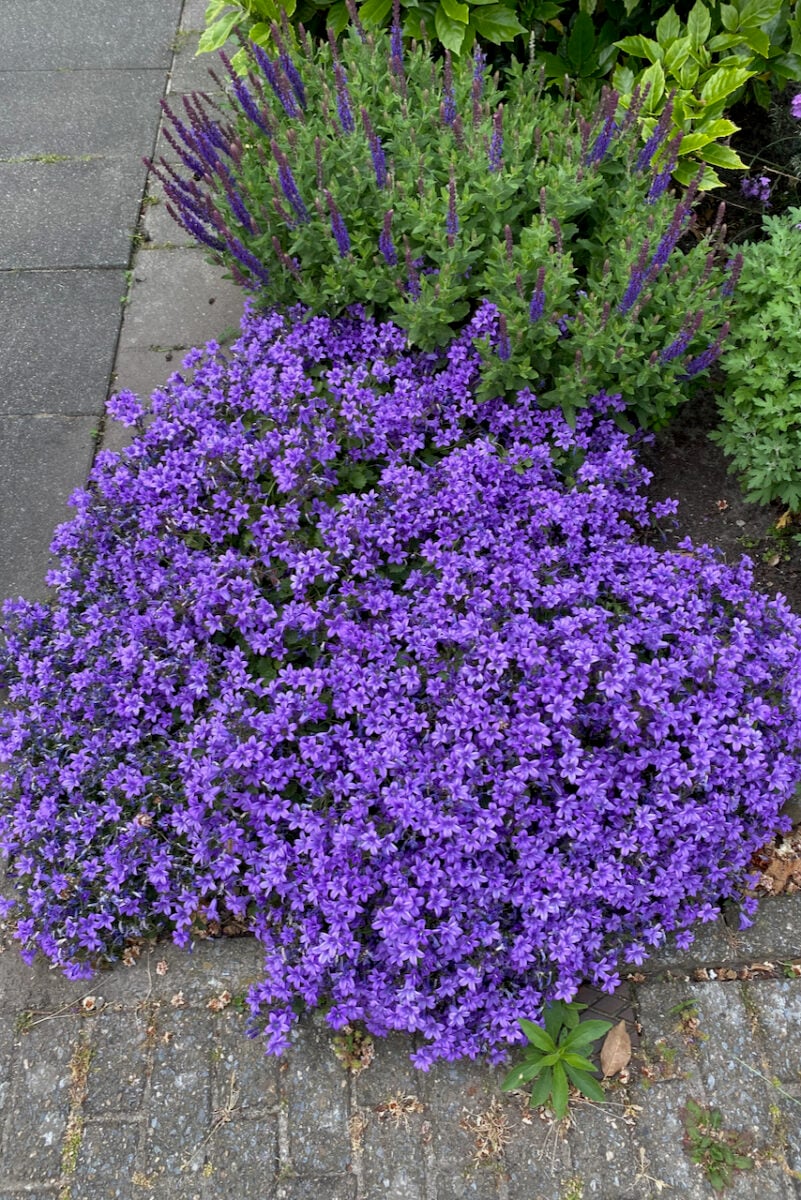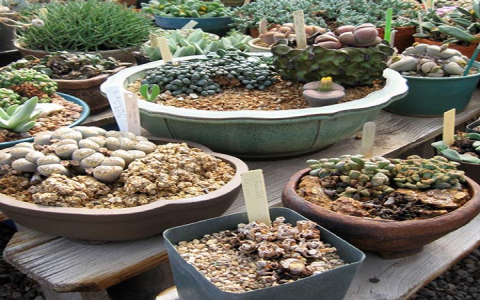Okay, let’s talk about trying to get stuff to grow in that annoying thin layer of dirt you sometimes find over solid concrete. I had this exact spot, right by the patio edge, where it looked like someone just dumped a couple of inches of soil and called it a day. Looked awful, just weeds or bare patches.
Figuring Out the Problem
First thing I did was actually poke around in there. Stuck a small trowel in. Yep, hit concrete real fast. Maybe three, four inches deep at most? And the soil itself was pretty rubbish. Looked like poor quality fill dirt, probably compacted down too.

Water was another issue I noticed. When it rained hard, the water would just sit there for a bit, not really soaking in well because, you know, concrete underneath. Or sometimes it just ran right off the edge. Not ideal for plants, right?
Trying to Make it Better (A Little Bit)
So, I knew I couldn’t magically make the soil deeper. What I did was scrape out some of the worst of the existing dirt, the really clumpy, stony bits. Then I brought in a few bags of decent compost and some better topsoil. I mixed this into the shallow layer I had, trying to fluff it up a bit. It wasn’t much, maybe raised the level an inch or so, but I figured better soil quality might give plants a fighting chance.
I didn’t bother with fancy edging or building it up high, just wanted to work with the shallow space I had. The key thing I kept thinking was: shallow roots, tough plants. That had to be the way.
Picking the Right Fighters
This was the crucial part. I knew my usual garden favorites wouldn’t stand a chance. Their roots would hit that concrete barrier and just give up. Plus, that concrete heats up in the sun, baking whatever is trying to live on top of it. So, I needed plants that don’t mind shallow soil, can handle getting dry, and don’t mind the heat.
I went looking specifically for things like:
- Sedums: These are champions for tough spots. Lots of different types, groundcover ones are great. They store water in their leaves.
- Sempervivums (Hens and Chicks): Similar to sedums, super tough, shallow roots, look cool.
- Creeping Thyme: Stays low, smells nice when you walk past, doesn’t need deep soil.
- Some ornamental grasses: I looked for smaller, clumping types known for drought tolerance, like Blue Fescue, maybe. Had to check their root needs though.
I basically wandered the garden center, reading labels and looking for anything described as ‘rock garden’, ‘drought tolerant’, or ‘good for containers’ as these often have less demanding root systems.
Getting Hands Dirty: Planting Day
Alright, so I got my selection of tough little plants. Planting wasn’t like digging big holes. It was more like scraping out shallow scoops in my slightly improved soil mix. Just enough space to settle the root ball in.

I spaced them out a bit, thinking about how they’d spread. Tucked them in, firmed the soil gently around them. Then I gave them a good drink of water to help them settle. That first watering is pretty important, even for drought-tolerant plants.
Watching and Waiting (and Watering Sometimes)
After planting, it was mostly about observation. For the first few weeks, I made sure they didn’t completely dry out, especially if we had hot, sunny weather with no rain. The shallow soil dries out way faster than a deep garden bed.
Once they started looking established, like they were putting out new growth, I backed off on the watering. These types of plants generally do better if you let them dry out a bit between waterings. Overwatering in shallow soil over concrete is bad news – nowhere for the water to go.
Weeding was surprisingly minimal, probably because the conditions were too tough for most weeds too, and the plants I chose started filling in the space.
What Happened? The Result
You know what? It actually worked out pretty well! That ugly strip of concrete with a dusting of dirt turned into a textured, interesting patch of green (and silver, and red, depending on the sedums!).
The sedums were the absolute stars. They just thrived. Different varieties gave different looks. The creeping thyme also did well, filling in the gaps nicely. The sempervivums looked great tucked in little clusters.
I did have one type of grass that didn’t make it through the first hot summer, probably just couldn’t handle the reflected heat and dryness quite as well as the succulents. It’s always a bit of trial and error.

But overall, transforming that difficult spot was really satisfying. It proved you can grow things even in really shallow soil over concrete, you just have to pick the right plants for the job. Focus on those tough, shallow-rooted ones that don’t mind getting baked a bit. It’s totally doable.


















